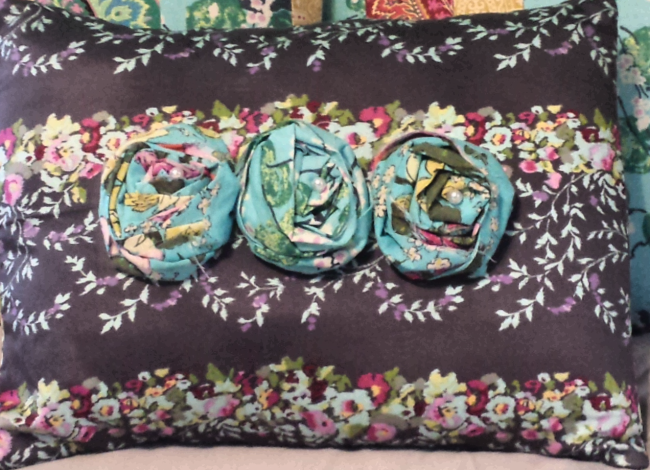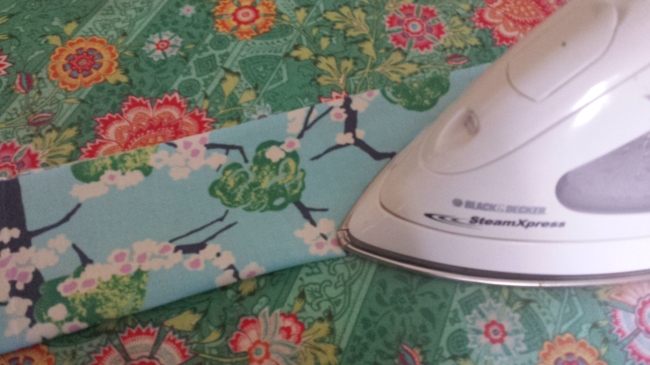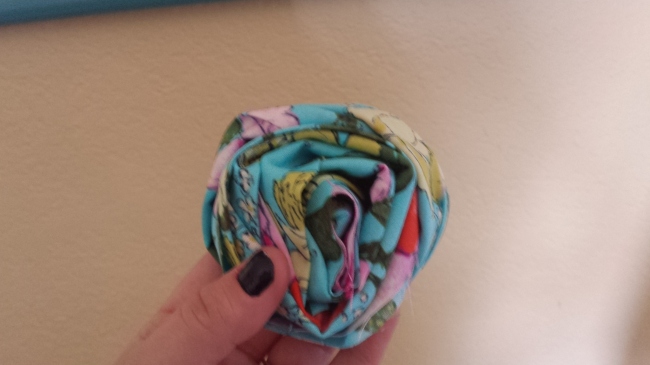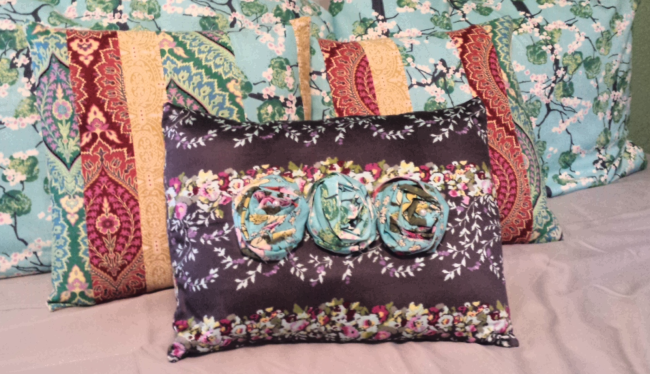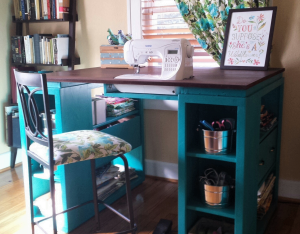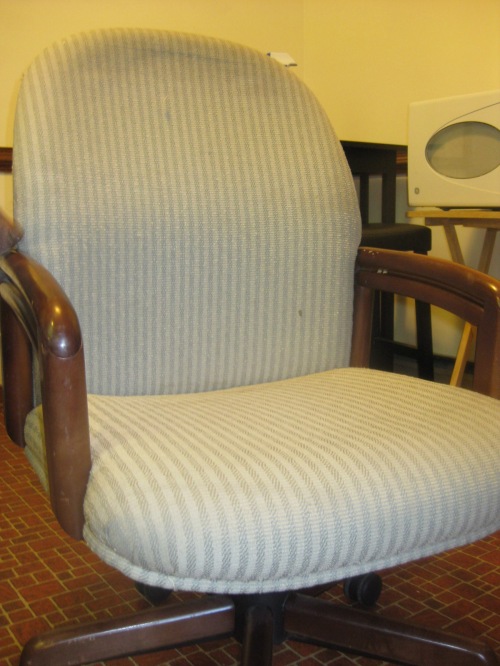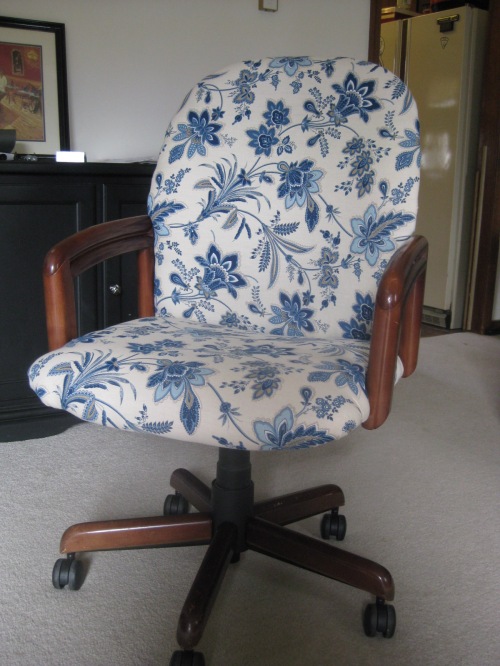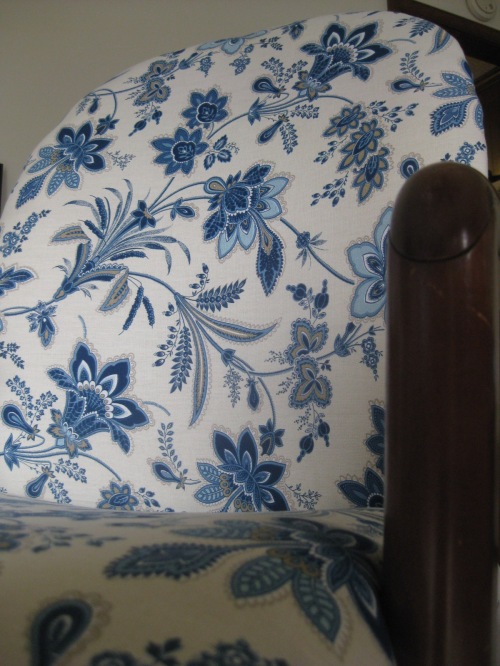The neighborhood I live in is lined with big, old, gorgeous Victorian houses, most of which have been converted into apartment buildings. Most of these residents are med students or young professionals and many of them have young dogs. Kane and I walk and run around our neighborhood a LOT, and we meet several “new additions” every week.
These people mean well enough and want good, socialized pets. But they make so many mistakes simply because they do not understand canine behavior, and while their dogs may not grow up to be terrors, they will grow up lacking the confidence they need to be who nature intended them to be.
Let’s review a typical scenario.
Kane and I are running down the sidewalk. I am In The Zone, but notice a young woman and her 6-month-oldish boxer puppy walking toward us. Kane sees them both and his ears go up. The puppy sees us and begins to lunge forward with excitement. The young woman sees us, then sees Kane, and gets nervous. She pulls her puppy over to the side of the sidewalk, and makes it lay down (after telling it to about 20 times). She tells the puppy, “You need to lie down and not be a rude puppy.” Kane sees this and become suspicious: why is she making that dog lay down? Is it hurt? When we pass them, he stops to investigate, causing the puppy to break his Down, and the woman to start yelling at it. I let the dogs sniff for a few seconds, then we continue on our way, and the woman is left with a puppy lunging after us, feeling like she has a dog she cannot control.
Several things went wrong here.
First, sidewalks aren’t conducive to proper canine greetings. Only the most rude and aggressive of dogs will ever meet another head-on. Instead, dogs approach each other from the side. Watch dogs in the park, and I guarantee you two friendly ones will never meet each other head-on. So from the get go, both dogs were left with the impression that the oncoming dog may mean him or her harm. Thus, their spidey senses get activated, and they become very interested in the other.
Second, the woman, not knowing the above, set her dog up for failure in several ways. First, she pulled her pup to the side and made it stop moving. Her puppy then became a prey item for Kane. Second, she made her dog lie down. No, no, no, NO! People! Never, never make your dog lie down when he meets another dog, unless he wants to. Making your dog lie down forces him in a submissive position, which Nature may or may not have intended. Some dogs will instinctively lie down upon meeting another, but my experience is that most dogs are not that submissive, and most will never meet one that dominant on the sidewalk. So, when Kane and I pass the pup, Kane is made to feel that much more Alpha, and the pup is relegated to a submissive, vulnerable position that he does NOT want to be in.
The woman’s comment about being a rude puppy offers more insight. She’s obviously concerned that her puppy won’t behave “correctly” around Kane, and that something bad might happen. I had a rude puppy. He’s STILL a rude puppy. But without exposure to older, more mature dogs, a puppy will never learn. Dogs teach each other more than we’ll ever be able to teach them, and they’re much more patient than we give them credit for. My guess is that if the puppy had been rude (which I doubt; most boxer pups are just exuberant little things), Kane would have told him so, and he would’ve learned.
Third, the pup, being a puppy and not being a submissive robot, broke the Down the woman erroneously put him in, and learned a valuable lesson: I don’t have to lie down the first time she tells me, and I don’t have to keep doing it if there’s a distraction.
Here’s how the scenario should have gone (and please note that this ONLY applies to dogs who show no signs of aggression):
Kane and I meet a young woman with a boxer puppy walking toward us on the sidewalk. We’re both aware that head-on greetings are a no-no, so we move to the outsides of the sidewalk and allow the dogs to move toward each other in the middle. Instead of either of us restraining our dogs or making them lie down, we both give our dogs a Stand command, instructing them to stand on all fours and not make any sudden moves. The dogs sniff each other, the puppy bows to play, and after a few minutes of on-leash romping, Kane and I resume our run. The puppy is left feeling confident as a dog and the woman is left feeling confident as a handler.
How to Teach Your Dog the Stand Command
Place your dog in a Sit. Move to his right side, facing him. You will most likely need to crouch, unless you’re working with a Great Dane or Irish Wolfhound. Keep the leash in your right hand, and shorten it to 2 or 3 inches. With your right hand on his leash, move your left hand under his belly/flanks. Gently tap his flanks with your left hand and say, “Stand.” He will most likely try to move forward. Using your right hand, hold him steady and say, “No, Stand.” Once he is standing, praise him: “Good boy! Stand!” Repeat until he simply raises his haunches to stand without attempting to move forward.
After a few days of practicing the above, add a Stay command. Once he is standing, turn to face the same direction as him. Say, “Stay” and simultaneously pivot on your left foot, moving your right foot to turn and face him. If he moves, say “No! Stand.” And move him back to position. Work on this until you can face him and back away several paces. You can then graduate to adding distraction. Once you get to this point, try it in a sidewalk scenario, but leave the Stay off. Your pup should know at this point that Stand means stay on your feet and don’t move too much.
Read Full Post »
